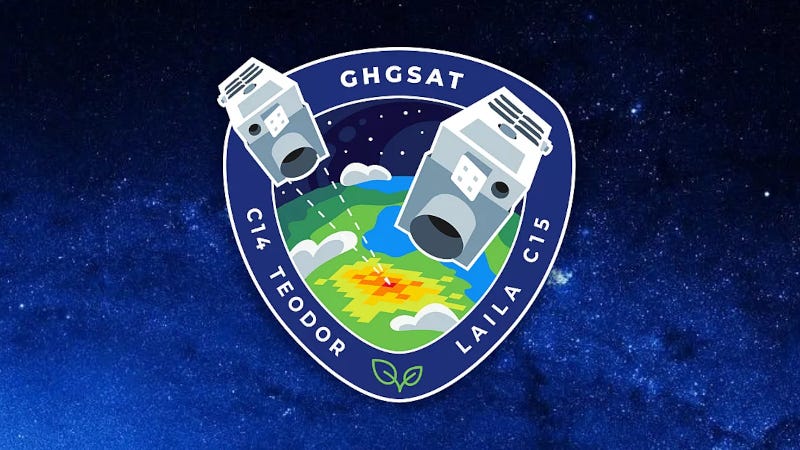Two New Methane Detecting Satellites Launching This Fall
GHGSat Expands Constellation with Teodor (C14) and Laila (C15) Spacecraft
Two new methane emissions tracking satellites are scheduled to be launched later this fall. GHGSat will launch the Teodor (C-14) and Laila (C-15) satellites to meet what the company says is a surging global demand for emissions monitoring.
“Every new satellite strengthens our ability to help carbon-intensive industries and governments around the world ta…
Keep reading with a 7-day free trial
Subscribe to The Journal of Space Commerce to keep reading this post and get 7 days of free access to the full post archives.



